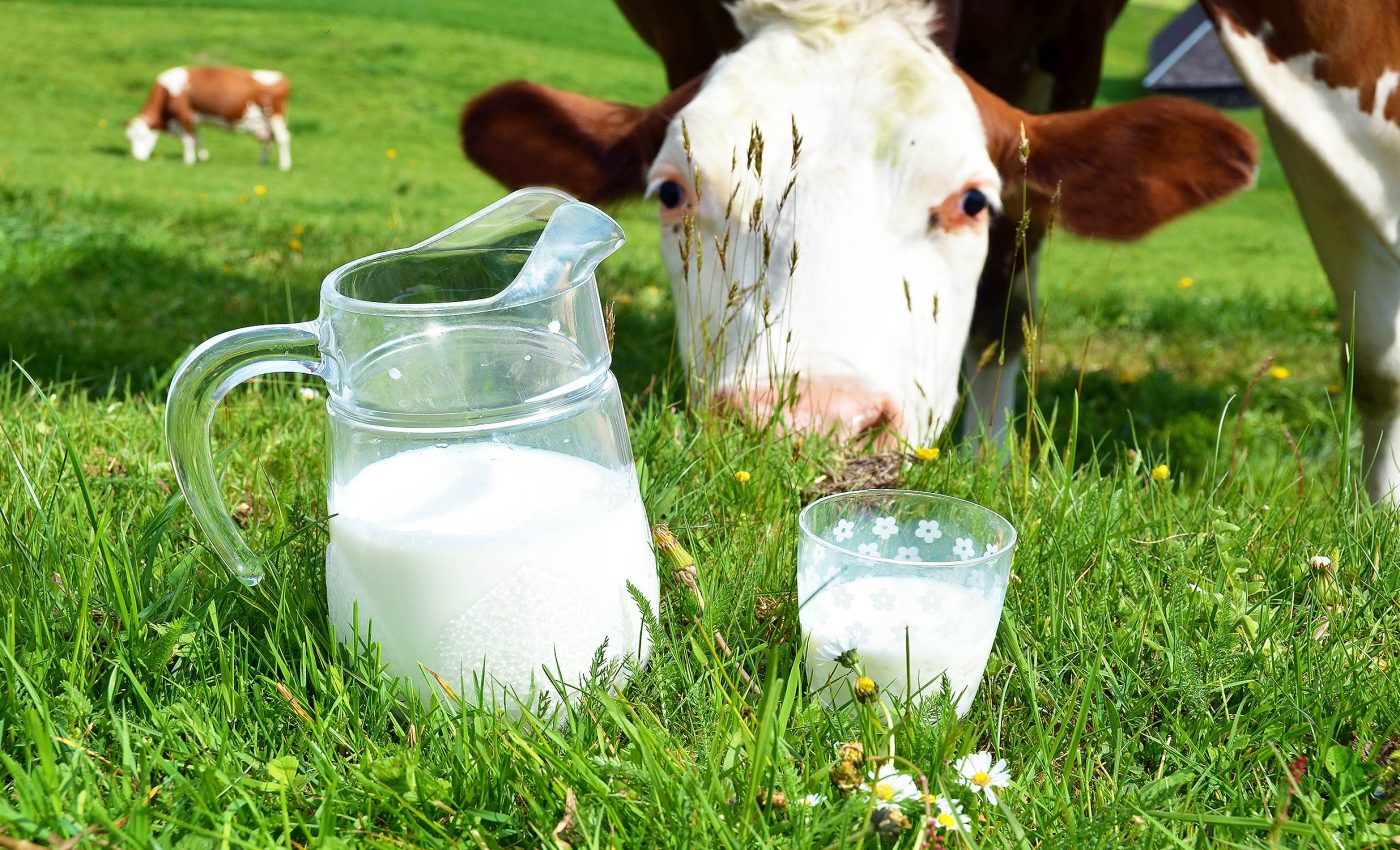
Drinking raw milk is a health hazard that many people don't realize
If you thought everyone agreed on the safety of our go-to glass of yummy moo juice, you may be incorrect. A recent study by the Annenberg Public Policy Center (APPC) of the University of Pennsylvania shakes reveals the misconceptions of people related to raw milk.
In a recent survey, researchers found that less than half of the adults in the U.S realize that pasteurized milk is safer than its raw counterpart.
Patrick E. Jamieson who is the director of the APPC led this research. “It is important that anyone planning to consume raw milk be aware that doing so can make you sick and that pasteurization reduces the risk of milk-borne illnesses,” Patrick explains.
Hidden danger of raw milk
It turns out that nearly 24% of Americans are in a fog about pasteurization. Some are unsure about whether it can effectively wipe out bacteria and viruses from milk.
Unpasteurized milk from animals, such as cows, goats, and sheep, is not heat-treated to eliminate harmful germs.
The CDC informs us that raw dairy products can cause 840 times more illnesses and 45 times more hospital stays than pasteurized items.
Furthermore, the FDA’s report from June 6, 2024, stirs up some feathers by stating that bird flu or highly pathogenic avian influenza virus (HPAI) of the H5N1 subtype, has been found in cow’s milk.
This revelation is causing scientists to worry about the possibility of transmission to humans consuming raw milk or items made from it.
Fortunately, the FDA affirms that the commercial milk supply, which undergoes pasteurization, is safe.
Misconceptions lurking in the milk aisle
Well, here’s where things get interesting. The APPC survey brought to light a puzzling statistic. Over half of the respondents believe raw milk is safer, or just as safe, or are unsure about its safety when compared to pasteurized milk.
It seems that some folks are under the illusion that raw milk is more nutrient-rich. Why? Because they mistakenly believe that pasteurization zaps nutrients.
The CDC clears up this myth by stating that pasteurized milk offers the same nutritional benefits without the added risks of raw milk.
Power of education and awareness
Interestingly, the APPC survey identifies certain groups that are more likely to misunderstand raw milk’s safety. People who are 65 and older, college educated, or identify with the Democratic party are more likely to understand pasteurization’s benefits.
“The difference in views of raw milk that we see between Democrats and Republicans is difficult to disentangle from the difference between rural and urban dwellers,” said Kathleen Hall Jamieson, director of the Annenberg Public Policy Center. “Those in rural areas are both more likely to identify as Republicans and to consume raw milk.”
So, where you live and your political affiliation can predict your beliefs about raw milk’s safety.
Education is the secret to bridging the gap in milk safety knowledge. Public health campaigns, school programs, and resources that are as easy as pie to understand, can help bust myths and deliver the real deal.
It’s not about scaring people away from raw milk, but about arming them with the truth to make safe and informed choices.
Decoding the debate on raw milk
It’s amazing how a simple dairy product like milk can churn up so much debate. Whether it’s raw or pasteurized, knowing the process behind it is essential.
Our decisions shouldn’t be soured by myths. So, the next time you pour yourself a glass of milk, take a moment to appreciate its journey from the farm to your fridge.
And remember, as the APPC survey spotlighted, “natural” doesn’t always mean “safe”. Stay on your toes, stay informed.
In a nutshell, when it comes to milk, knowledge is power. Being informed means being healthy. Understanding the risks and benefits of raw and pasteurized milk can help us make informed decisions about what we put on our tables and into our bodies.
So, let’s raise our glasses to safe and informed milk consumption.
—–
Like what you read? Subscribe to our newsletter for engaging articles, exclusive content, and the latest updates.
Check us out on EarthSnap, a free app brought to you by Eric Ralls and Earth.com.
—–













